Thessaloniki gets ready for its metro launch in November
The underground rapid transit lines have been under construction for almost two decades due to various project delays
 TheMayor.EU logo
TheMayor.EU logo In the year when war returned to the continent, the list is a poignant reminder about the need for preservation
Europa Nostra, the continent’s largest heritage organization, and the European Investment Bank Institute announced the new list of the 7 most endangered heritage sites in Europe. This year, which is quite tragic for all of Europe given the circumstances of the war in Ukraine, has underlined the need to value our architectural heritage even more.
The list, however, also reminds us that military destruction is not the only threat to heritage as the reason for decay in its status can stem from a variety of factors. Let’s have a look at this year’s list below and find out how each site has merited inclusion on it.
The 7 Most Endangered sites for 2022 were selected by the Board of Europa Nostra from the 12 sites shortlisted by a panel of international experts. The selection was made on the basis of the outstanding heritage significance and cultural value of each of the sites as well as on the basis of the serious danger that they are facing.
The level of engagement of local communities and the commitment of public and private stakeholders to saving these sites were considered crucial added values. Another selection criterion was the potential of these sites to act as a catalyst for sustainable socio-economic development as well as a tool for promoting peace and dialogue within their localities and wider regions.
The Zogu Bridge (Albania) is a masterpiece of civil engineering from the early 20th century in the Balkans. Built in 1927 over the Mat River in Northern Albania, the bridge is renowned for its architectural structure, its length and the style of its steel arches.
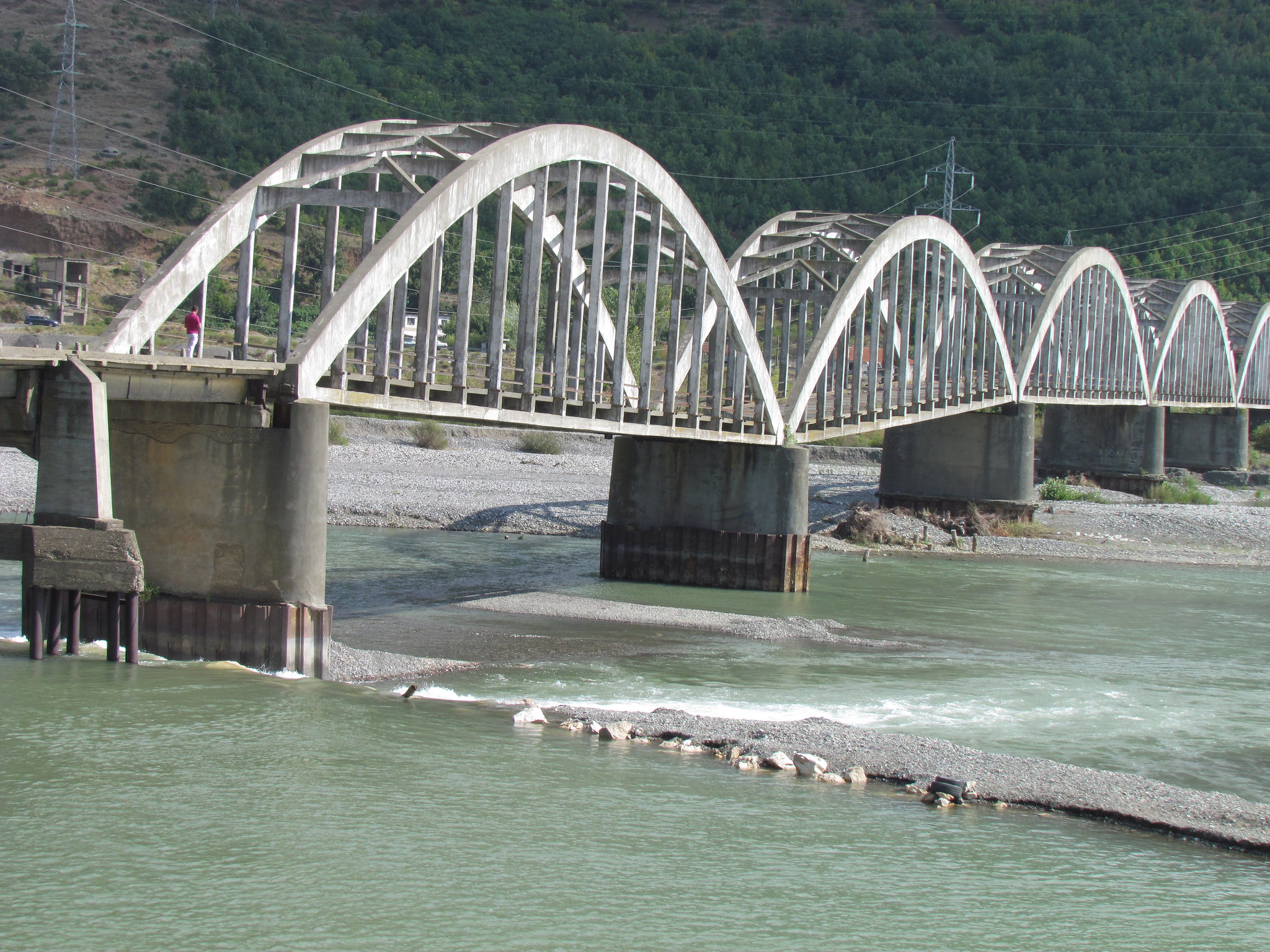
The Zogu Bridge in its current state. Source: Europa Nostra
Despite its industrial heritage importance, the Zogu Bridge has been poorly maintained. The structure is in imminent danger of collapse due to damage caused to one of its columns. Since the construction of two new bridges over the Mat river in 1987 and 2000, the bridge has been disused, but it is frequently visited by tourists given its original design and historic value.
The Récollets Convent (Nivelles, Belgium) is the only completely preserved example of Franciscan architecture in Belgium and is one of the few remaining of its type in Europe. Built in 1524, it includes a late Gothic church – classified as a national monument in 1936 and last restored in the 1970s – which is still used for worship. The remaining buildings of the complex, organised around a cloister and three wings, are in urgent need of maintenance.
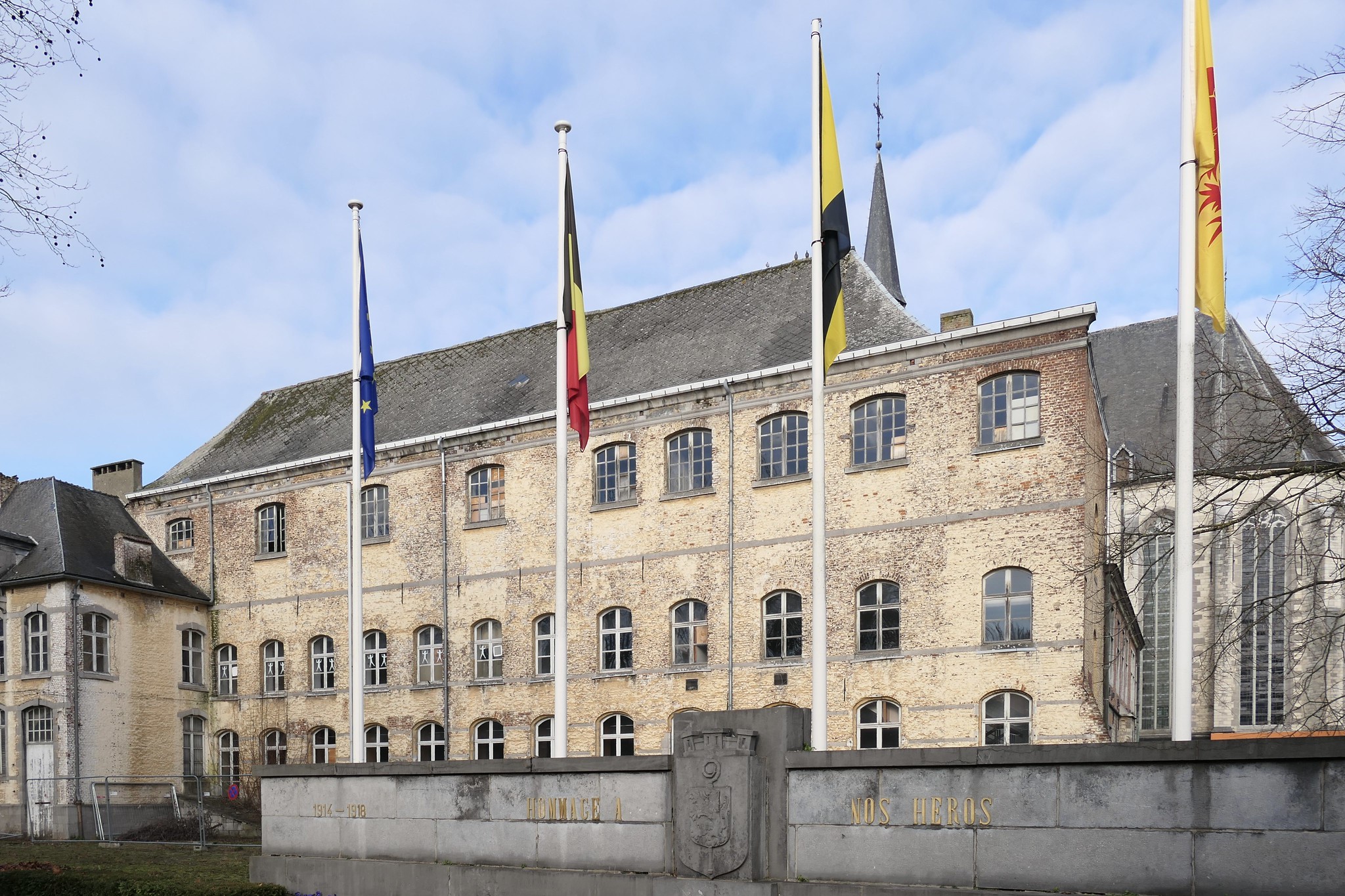
The Récollets Convent in Nivelles (Belgium). Source: Europa Nostra
The Récollets Convent is threatened by a large-scale real estate project, developed in 2019 by the owner and supported by the local authorities. The implementation of such a project would reduce the historical buildings and the surrounding green space with ancient trees to a private area with new apartments.
The Garden City La Butte Rouge (near Paris, France) stands out as a model of garden cities in Europe. It is a living testimony of 20th-century social housing, and its architecture is strongly influenced by the Modern and Art Déco movements and the Bauhaus school. La Butte Rouge has remained intact to the present day. It consists of 4,000 apartments and a green area spreading over 70 hectares, and is home to thousands of people.

The Garden City La Butte Rouge. Source: Europa Nostra
For the last three years, the City of Châtenay-Malabry has made clear its intention to demolish La Butte Rouge, emphasising that it does not meet new building requirements. Around 85% of the buildings of the complex are at risk of being lost. The destruction of 14 historical buildings is already planned and the inhabitants have been forced to leave their houses. Local protests have been organised, including petitions to save the site.
Stolberg is a medieval town in North Rhine-Westphalia in the western part of Germany. In the wake of the flourishing copper-based industry, other industries soon followed, making Stolberg a very important place for Europe’s industrial heritage. The appearance of the historic centre is predominantly determined by the local limestone.
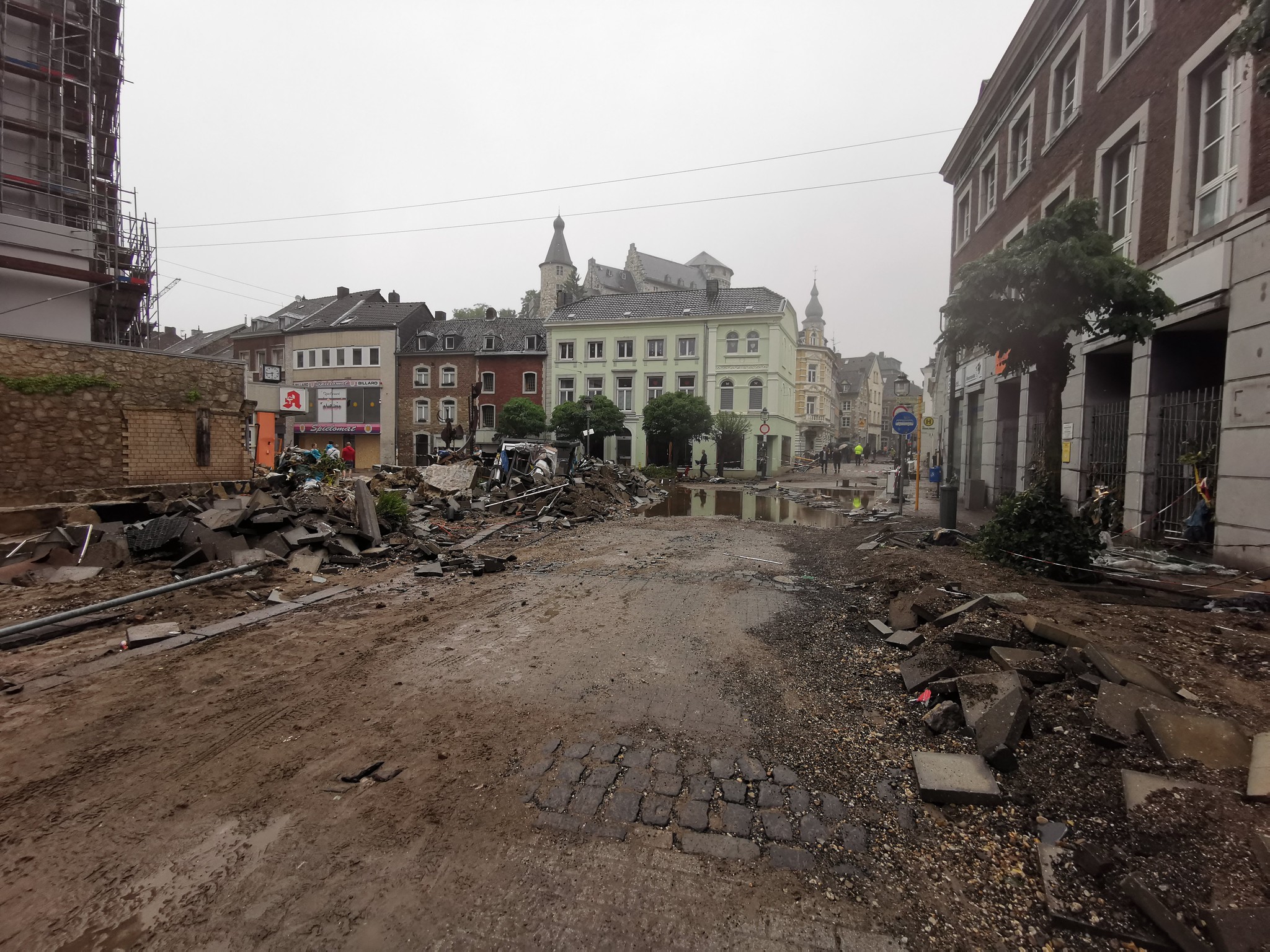
The historic centre of Stolberg after the floods. Source: Europa Nostra
In mid-July 2021, the historic centre of Stolberg was unexpectedly turned into a flood zone. Some 266 listed buildings were severely damaged by the forceful waters of the Vicht river, following extreme weather conditions. In the plans for the reconstruction of Stolberg’s centre, the spotlight would need to be put on the city’s resilience and on how to better resist further climate change induced threat.
The Neptune Baths form part of the thermal town of Băile Herculane (Romania), one of the oldest spa resorts in Europe, dating back to 153 AD. The current structure of the Neptune Baths was constructed between 1883 and 1886. Designed in an eclectic style, Neptune Baths have a total surface area of almost 4000 sqm. Its medical treatment centre boasted renowned doctors as well as visits from notable guests, such as the royal Habsburg family.
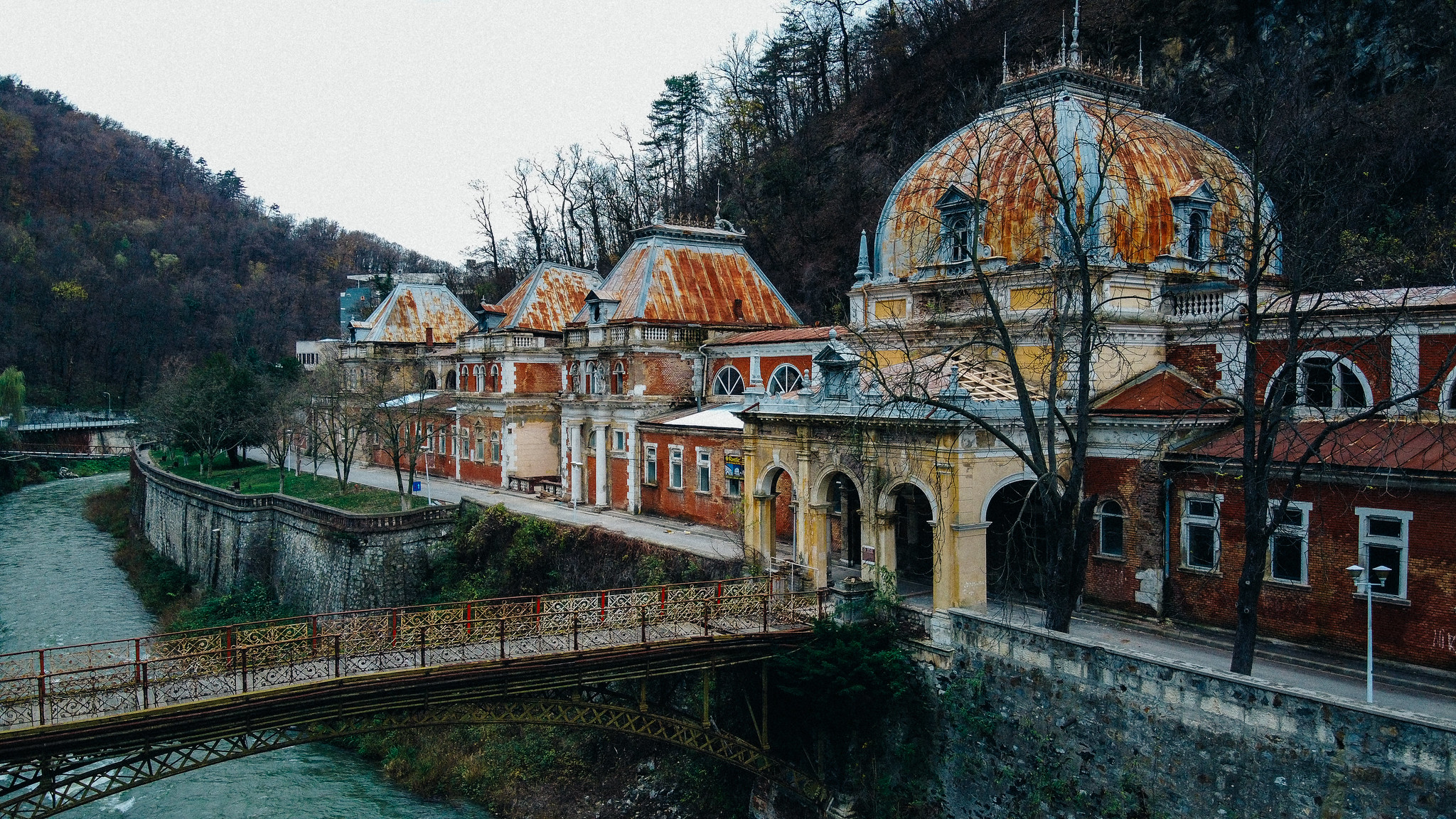
The Neptune Baths in Băile Herculane (Romania). Source: Europa Nostra
After the fall of communism in Romania in 1989, the historic resort of Băile Herculane was abandoned and fell into decay with the damage accelerating from 2004 onwards. Despite being declared as a Class A monument in 1980, the building has suffered continuous degradation. Due to a lack of funding and legal issues, two structural walls and a roof collapsed in 2019.
The Orléans-Borbón Palace (near Cádiz, Spain) was built in the mid-19th century in Neo-Moorish style, combined with Neo-Arab architectural elements and a variety of stylistic influences from all over the world. At the rear of the palace, there are extensive gardens with characteristics from Romantic gardens that are enriched by Islamic influences.
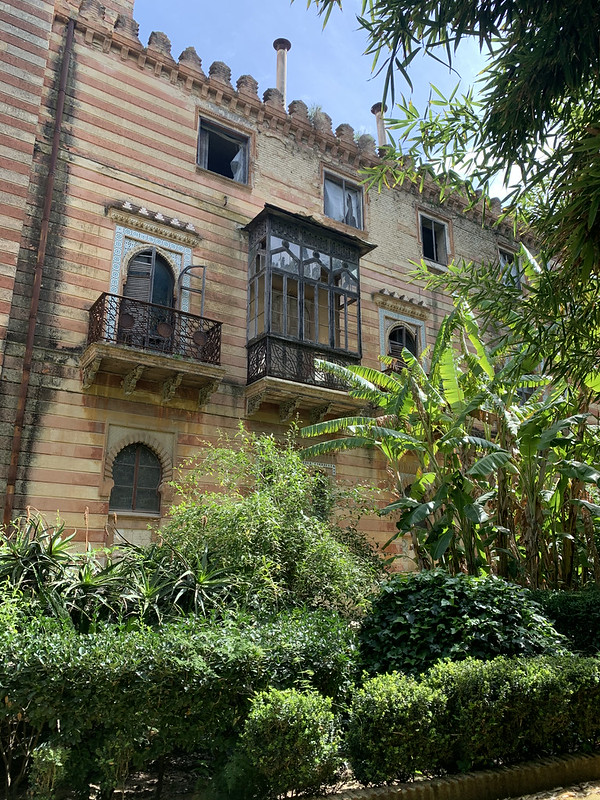
The Orléans-Borbón Palace (near Cádiz, Spain). Source: Europa Nostra
In 1979, the Municipality of Sanlucar de Barrameda began the process of acquiring the property, with the aim of avoiding its destruction and opening it to the public. In 1982, the Orléans-Borbón Palace was declared an Asset of Cultural Interest. Since the renovations in the 1990s, the owner could not ensure proper maintenance which resulted in the building being in urgent need of restoration. The outer walls of the building are at imminent risk of collapse.
Strategically located at the point where the river Dieze flows into the Maas river, the Crèvecoeur Fortress (Den Bosch, The Netherlands) was built in 1587 and has played an important role in Dutch military and diplomatic history for over 300 years.
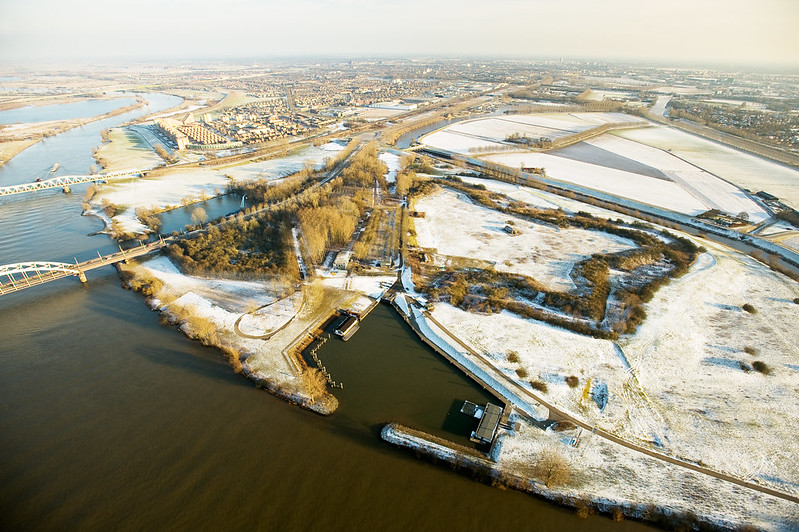
The Crèvecoeur Fortress Den Bosch (The Netherlands). Source: Europa Nostra
The fortress is owned by the Dutch Ministry of Defence. A listed National Monument since 1973, the now severely neglected fortress and terrain need urgent restoration before the structures crumble beyond repair.
Teams of experts representing Europa Nostra and the European Investment Bank Institute, together with the organisations that nominated the sites and other partners, will assess each case by collecting information and by meeting with key stakeholders. These multidisciplinary teams will provide expert advice, identify possible sources of funding and help mobilise wide support to save these heritage landmarks. At the end of the assessment process, they will formulate and communicate a set of recommendations for future action.
The 7 Most Endangered Programme is run by Europa Nostra in partnership with the European Investment Bank Institute. It also has the support of the Creative Europe programme of the European Union. Launched in 2013, this programme forms part of a civil society campaign to save Europe’s endangered heritage.
It provides a grant of 10,000 euros per listed site to assist in implementing an agreed activity that will contribute to saving it. In most cases, the listing of an endangered site serves as a catalyst and incentive for the mobilisation of necessary public or private support, including funding.

The underground rapid transit lines have been under construction for almost two decades due to various project delays

Now you can get your wine in Talence by paying directly in Bitcoin

That’s because the state has to spend money on updating the railway infrastructure rather than subsidizing the cost of the popular pass

Rethinking renewable energy sources for the urban landscape

The examples, compiled by Beyond Fossil Fuels, can inform and inspire communities and entrepreneurs that still feel trepidation at the prospect of energy transition

Now you can get your wine in Talence by paying directly in Bitcoin

The 10th European Conference on Sustainable Cities and Towns (ESCT) sets the stage for stronger cooperation between the EU, national and local level to fast track Europe's transition to climate neutrality.

At least, that’s the promise made by the mayor of Paris, Anne Hidalgo

The underground rapid transit lines have been under construction for almost two decades due to various project delays

At least, that’s the promise made by the mayor of Paris, Anne Hidalgo

Hostal de Pinós is located in the geographical centre of the autonomous region

Despite its church-y name, the district has long been known as the hangout spot for the artsy crowds

Urban dwellers across the EU are having a say in making their surroundings friendlier to people and the environment.

Forests in the EU can help green the European construction industry and bolster a continent-wide push for architectural improvements.

Apply by 10 November and do your part for the transformation of European public spaces

An interview with the Mayor of a Polish city that seeks to reinvent itself

An interview with the newly elected ICLEI President and Mayor of Malmö

A conversation with the Mayor of Lisbon about the spirit and dimensions of innovation present in the Portuguese capital














